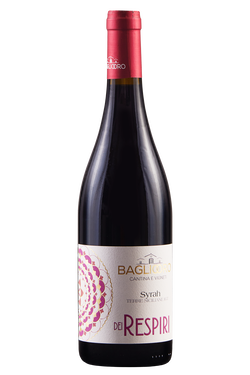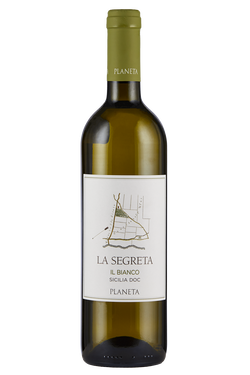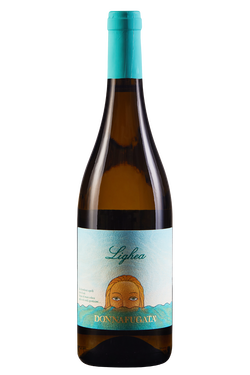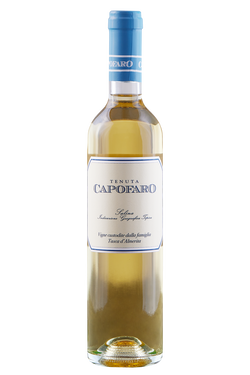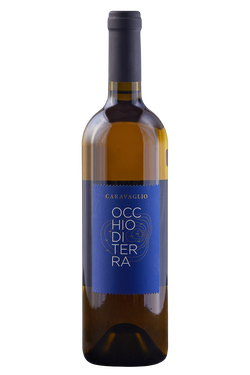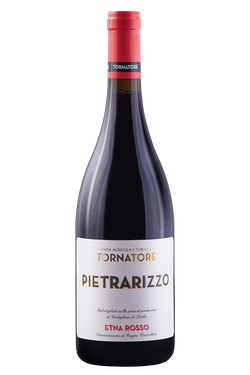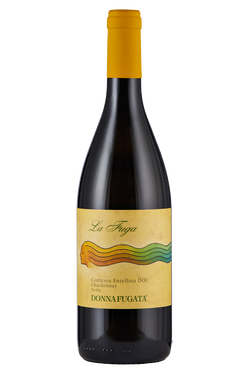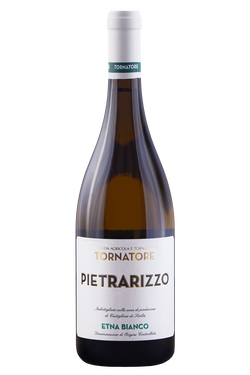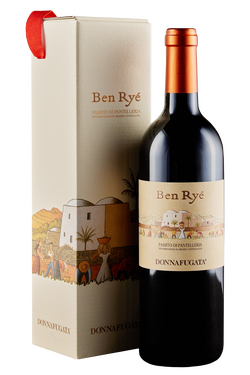- Wines >
- Sicily
Sicilian wines: Their history
It was the Phoenicians who imported some native varieties here, but the Greeks introduced viticultural techniques, such as bush-trained vines, as they also did in Puglia. During the Byzantine era, many lands became the property of the Church, which cultivated vines to produce wine to be used during the celebration of mass. The first wines were sold, just like those from Puglia, as wines for blending, that is, to bolster up wines from other regions that were lighter and less full-bodied. After a decline in exports due to phylloxera, Sicilian wines found the worthy place they still occupy today in the panorama of Italy’s greatest wines. Sicily boasts a total of about 103,000 hectares under vine, scattered in extremely diverse areas: 5% are found in the mountains, 65% in the hills and 30% in the plains. This means that Sicilian wines are highly varied and different in terms of nose and palate. The production of wines in Sicily, amounting to a total of approximately 6,200,000 hectolitres per year, is however very balanced compared to other regions in Italy. Production is distributed into 53% white wines, while the remaining 47% is composed of red wines and rosés.
Sicily’s wine designations
Sicilian wines boast various designations of origin, and in particular one DOCG wine, 23 DOC wines and seven IGT wines. In fact, 16% of the annual total is accounted for by the production of wines falling into an official designation. Among these, the only DOCG zone is Cerasuolo di Vittoria DOCG, near Ragusa. DOC zones include Marsala DOC, Erice DOC, Alcamo DOC, Pantelleria DOC, Malvasia delle Lipari DOC, Vittoria DOC, Noto DOC, and Siracusa DOC, amongst the many. With regard to Marsala, a much appreciated liqueur wine, it is thought that its history is linked to an Englishman, John Woodhouse, a merchant from Liverpool. Woodhouse, after tasting Marsala and being enchanted by its quality, decided to take a few cases back home with him. Subsequently, he returned to Sicily to start producing Marsala to release on the market. Other Sicilian dessert wines known for their quality are Malvasia delle Lipari and Passito di Pantelleria, while red wines which pair well with food include Nero d’Avola, Frappato, Nerello Mascarese, and Etna Rosso; among the whites, we should mention Grillo, Etna Bianco, Bianco Sicilia, and Insolia.
Etna Rosso and Etna Bianco
Many like to define Etna as “an island within an island”, due to its distinctive territory and climate, not to mention its unique ecosystem, which makes it different from the rest of Sicily’s other growing areas. A UNESCO World Heritage Site, Mount Etna is located on the eastern coast of Sicily and is Europe’s highest active volcano, as well as one of the most active in the world. It is home to some of Italy’s oldest vineyards, spread over about 133 subtly different districts, in a mosaic of plots with a unique lava-rich terroir. The high slopes and altitudes result in wide temperature ranges and slower and more gradual ripening of the grapes, giving wines of supreme freshness and minerality. For Etna Rosso, the most widespread and produced type of Etna DOC, the grapes used are Nerello Mascalese and, to a lesser degree, Nerello Cappuccio. The same varieties are used for the Rosé version of the DOC, vinified with brief contact of the skins with the must. Presenting a beautiful deep red hue run through with notes tending towards purple, Etna Rosso appears intense to the eye, and develops purplish hints as it ages. Its characteristic, intoxicating nose shows a floral note that harmonizes perfectly with other nuances of vanilla and wild strawberries. Etna Bianco is mainly produced from Carricante and Catarratto grapes and sometimes also Minnella, and displays a delicate straw yellow hue, especially if young and aged only in stainless steel, with a light floral aromatic profile and a fresh, mineral palate; if aged in barrels, the aromatic profile is more intense.
Tasting Sicilian wines
Etna Rosso boasts distinctive freshness and full flavour, which lend themselves perfectly to pairings with meat-based dishes and rare roast meat, but also complex traditional Sicilian food such as eggplant parmigiana or pasta alla norma. Etna Bianco, on the other hand, shows of its best when combined with fish dishes: from aperitifs and appetizers to pasta, rice and main courses, enhancing their flavour and aromas in a perfect union. This white wine, a gentle expression of the great volcano, boasts a long tradition. Syrah goes well with typical dishes such as pasta with sardines, while Zibibbo or Moscato di Pantelleria are a good accompaniment to desserts. In general, Sicilian white wines are appreciated for their outstanding freshness. Insolia, for example, as well as Grillo, are graceful, fragrant but full-bodied white wine varieties. The Grillo variety is also used to produce the famous Marsala DOC, a wine with excellent ageing properties. With regard to red wines, Nero d’Avola stands out, with its intense aromas of ripe fruit and good length on the palate. Frappato is similar, and is reminiscent of cherries.







